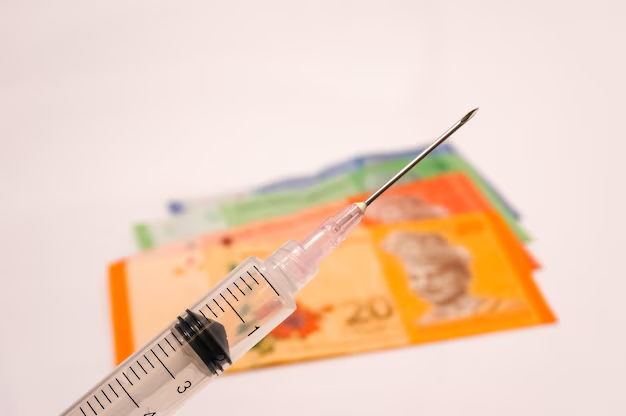What You Need to Know About Chemo Costs With Medicare
Navigating the costs associated with chemotherapy can be overwhelming, especially within the framework of Medicare coverage. Understanding what expenses you might incur and how much assistance you can expect to receive is crucial for effective financial planning during a challenging time. If you, or someone you love, is facing chemotherapy treatment, here's a comprehensive look at how Medicare interacts with these costs and what additional financial support options are available.
Understanding Medicare Coverage for Chemotherapy
Medicare Part A and B are typically at the forefront of coverage for chemotherapy. If you're admitted as an inpatient, Medicare Part A will handle the hospital-related costs. On the other hand, Medicare Part B usually covers outpatient chemotherapy treatments. Be aware, however, that while Medicare significantly reduces out-of-pocket expenses, you will still be responsible for a portion of the costs.
Expected Out-of-Pocket Costs
- Medicare Part A: Beneficiaries will usually be required to pay a deductible for hospital stays. In 2023, this deductible is approximately $1,600 per benefit period.
- Medicare Part B: Generally, after you meet an annual deductible—priced around $226—you typically pay 20% of the Medicare-approved amount for chemotherapy treatments received in a doctor's office or a freestanding clinic.
Additional Medicare Coverage
Medicare Advantage Plans (Part C) may offer extra benefits that Original Medicare does not cover. It's crucial to check with your specific Medicare Advantage plan to understand precisely what out-of-pocket expenses you might still face.
Financial Assistance and Support Programs
The prospect of chemotherapy can strain finances, even with Medicare's help. Fortunately, several aid programs and solutions can ease the process:
Patient Assistance Programs
Many pharmaceutical companies provide patient assistance programs to supply medications at reduced costs or, in some cases, free. Checking eligibility and application processes is essential if your medication falls within these programs.
Non-Profit Organizations
Organizations like the American Cancer Society and the Cancer Financial Assistance Coalition offer financial aid for cancer patients, assisting with transportation, lodging, and some treatment expenses.
Medicaid and “Dual Eligibility”
If your income is below a certain level, you may qualify for Medicaid alongside Medicare, which can cover additional costs not addressed by Medicare alone.
Exploring Financial Options for Covering Costs
For those anticipating ongoing or large out-of-pocket expenses, alternative financial options can provide relief:
- Deferred Payment Plans: Some hospitals and treatment centers offer arrangements that allow you to spread payments over time.
- Credit Card Solutions: Strategic use of credit, potentially with a low or 0% introductory APR, can help manage high immediate costs.
- Health Savings Accounts (HSAs): If you have an HSA, funds can be used tax-free for eligible medical expenses, including treatments that Medicare doesn’t fully cover.
Tools and Resources for Financial Relief
💵 Medicare Savings Programs: Designed for low-income beneficiaries to help pay for premiums and out-of-pocket expenses.
🏥 Patient Advocate Foundation: Provides case management services to help resolve insurance and medical debt issues.
🎗️ CancerCare® Co-Payment Assistance Foundation: Assists with covering chemotherapy treatment costs after insurance and Medicare.
📚 Educational Grants for Medical Expenses: While rarer, some educational foundations offer grants aimed for those affected by major illness costs, ideal for younger patients or caregivers.
Navigating the landscape of chemotherapy expenses with Medicare can certainly feel complex, but with the right information and support, you can uncover pathways to financial relief and focus on what truly matters—your health and recovery.

Related Topics
- Am I Elgible For Medicare
- Am I Enrolled In Medicare
- Am I Qualified For Medicare
- Are Adult Diapers Covered By Medicare
- Are Chemotherapy Drugs Covered By Medicare Part d
- Are Colonoscopies Covered By Medicare
- Are Covid Tests Covered By Medicare
- Are Cpap Machines Covered By Medicare
- Are Cpap Supplies Covered By Medicare
- Are Dental Implants Covered By Medicare